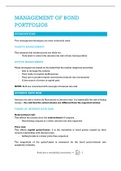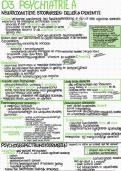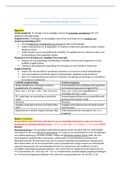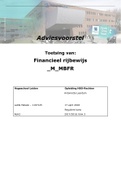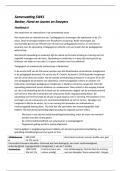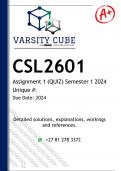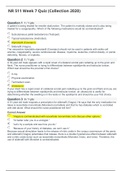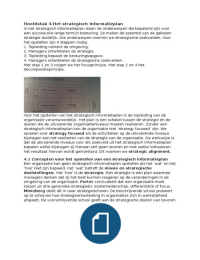Summary
Summary Finance IIB Notes
- Course
- Finance IIB (FTX3045)
- Institution
- University Of Cape Town (UCT)
A comprehensive summary of lecture content, textbook chapters and a few of the essential readings. This all-in-one document includes all the explanations you will need for Finance IIB.
[Show more]
